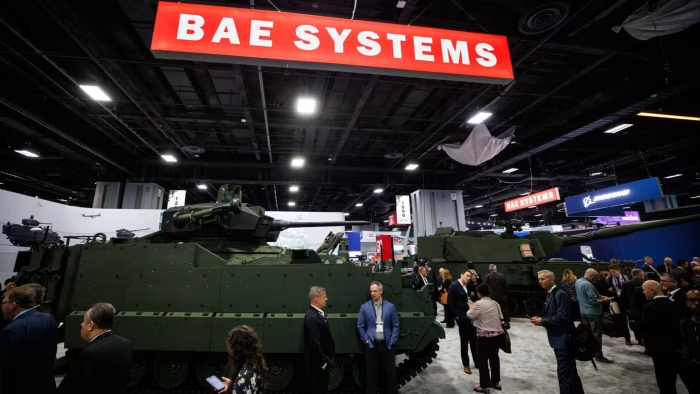Stay informed with free updates
Simply sign up to the Investments myFT Digest — delivered directly to your inbox.
BAE Systems’ share price has increased by 58 per cent over the past 12 months. This isn’t altogether surprising given the global security situation, but it’s certainly noteworthy for an established corporate entity of this scale.
Part of the investment rationale for defence contractors is that military tactics and technologies are always evolving. Like many other companies in the manufacturing sector, BAE is adapting its processes to take account of developments in artificial intelligence, autonomous systems and cyber warfare. This is creating as many opportunities as challenges.
In the first six months of 2025, order intake amounted to £13.2bn, resulting in a backlog worth £75.4bn. This represents tremendous top-line visibility even for a group such as BAE, whose contracts are often frontloaded and long-dated. As if to bear this out, the group recently laid the keel of HMS Dreadnought, the first of four Dreadnought-class submarines it is constructing for the Royal Navy. That’s in addition to ongoing work linked to Astute-class submarines, Type 26 and Hunter Class frigates, and Typhoon and F-35 jets.
Gabrielle Costigan, former chief executive of BAE Australia and current managing director of the group’s business development unit, recently took advantage of the upward price trajectory by offloading £777,189-worth of shares. How much longer the share price gains will continue is impossible to say, but BAE’s progress hasn’t gone unnoticed, and it is certainly reflected in valuation metrics. The shares change hands at 27 times forward earnings. You would imagine that Costigan has captured the lion’s share of the run-up in the share price, although the last positive technical signal, which was recorded in March, is still in evidence.
